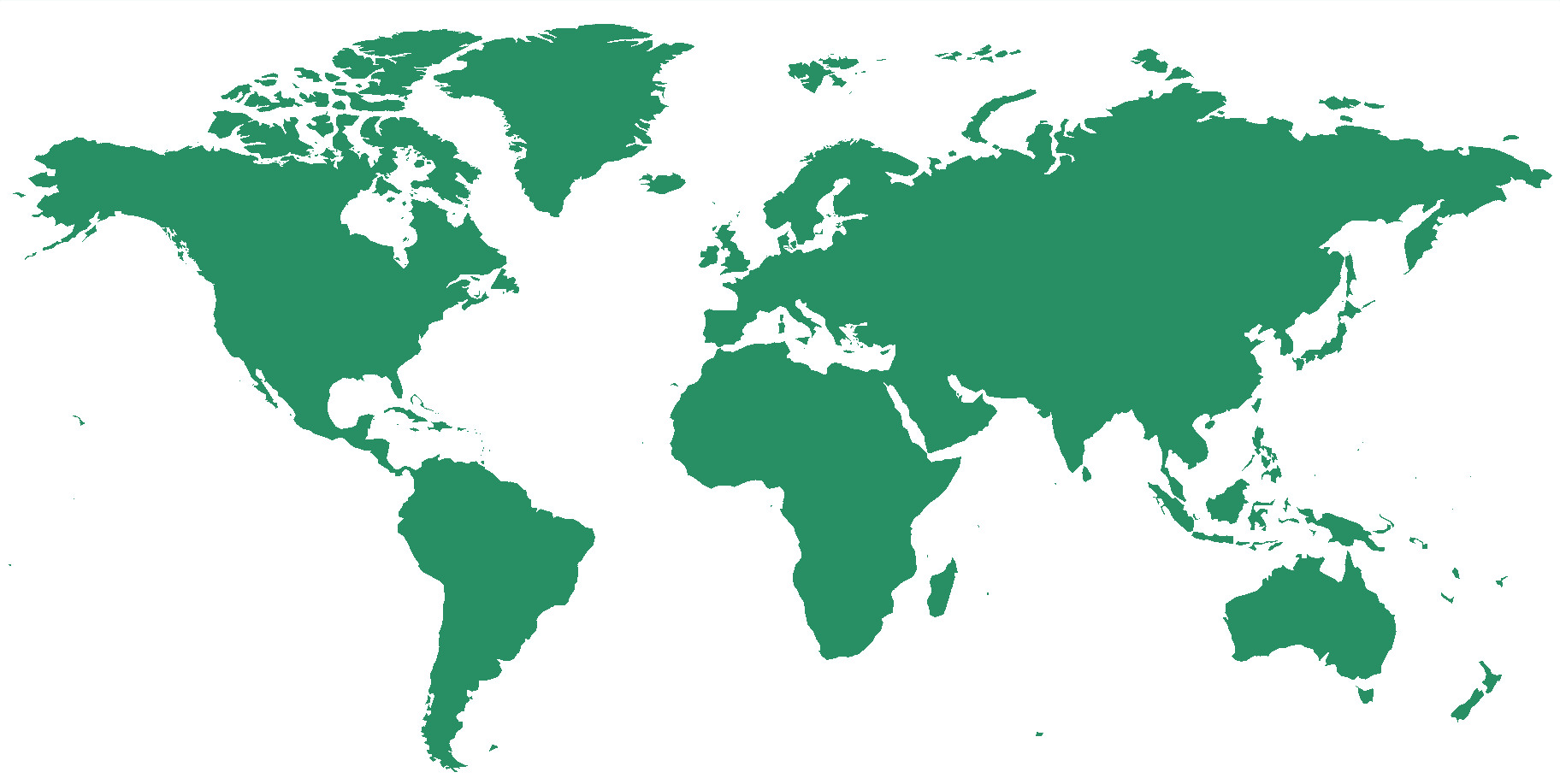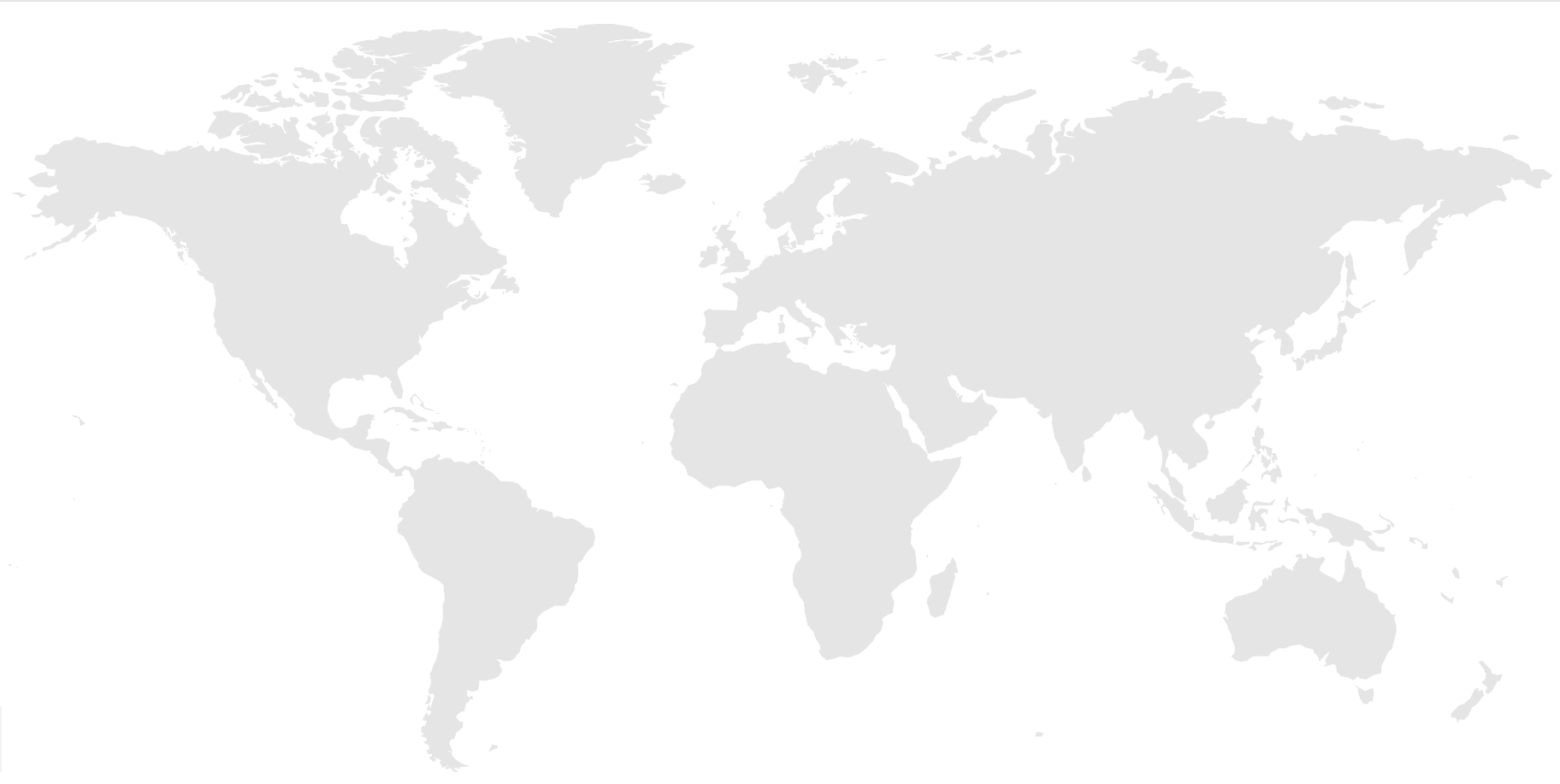Collections held in trust for the international community are conserved following high standards, making it challenging to remove redundant accessions or accept material that has no long-term conservation value. The new dynamic curation policy, developed in consultation with the Crop Trust, Plant Treaty and Commission on Plant Genetic Resources, represents a step-change in collection management. CGIAR genebanks can conserve unique diversity in a rationalized way, while extending help to researchers to make available genetic stocks that are better conserved in the short term.
CGIAR is responsible for the conservation and availability of crop diversity managed under the framework of various legal agreements, including: (i) agreements with germplasm providers (e.g. Standard Material Transfer Agreement); (ii) “in trust” agreements signed in 1994 with the UN FAO; and (iii) Article 15 agreements signed in 2006 with the Plant Treaty. In addition, the genebanks are subject to international standards as defined by FAO and by CGIAR’s Ethical Principles Relating to Genetic Resources. All reinforce that CGIAR genebanks will conserve agreed materials through the regular implementation of essential operations, such as viability and health monitoring, regeneration, characterization, and safety backup, and make these materials available freely to requestors in perpetuity. The full curation of accessions is, therefore, the default to meet these commitments.
However, past acquisition and germplasm sharing have resulted in many collections of considerable size having a high degree of genetic similarity among accessions and/or with other collections. Furthermore, with the advances of genomics research, there is a demand to make available large numbers of well-researched materials that may be purposely genetically similar and have little long-term conservation value. With no reliable basis for deciding whether one accession is more or less “important” than another, the approach has been to treat every accession as equal in importance and therefore to conserve them all in the same way. New methods to characterize accessions and analyze diversity encourages more critical thinking about collection structure and composition. Plus, genebanks need to control costs while carrying out more operations and dealing with more sophisticated germplasm requests. Curating a collection, now more than ever, needs informed decision-making to determine conservation and research priorities. A more refined, stratified, and policy-compliant approach to curation is called for to facilitate and rationalize collection management.
“Proactive management is critical for ensuring that germplasm is efficiently conserved and made timely available and in adequate quantity for further use by plant breeders, farmers, researchers, and other users. It emphasizes the importance of securing and sharing material as well as the related information, and sets in place a functional strategy for management of human and financial resources for a rational system.” – FAO 2014 Genebank Standards
In 2018, the Genebank Platform embarked on a consultation process among genebank managers and partners to establish a detailed, standard framework for applying categories to accessions: fully curated, partially curated, archived, and historical. The framework was developed by a small drafting team and involved a series of discussions and fact-checking, culminating in a process of consultation with and incorporating advice from the Plant Treaty Secretariat and Commission on Genetic Resources for Food and Agriculture. The final document provides detailed policy and technical guidance to support decision- making in curating collections and categorizing accessions, ensuring that stakeholders, as well as the international community, are appropriately informed regarding the status of accessions donated to CGIAR by a vast number of countries and communities in the belief that they will be available in the future when needed. The final version was reviewed and approved by Center Directors General and the System Executive Board.
Now that it is in place, the dynamic curation policy provides the basis by which genebanks may modernize the management and composition of collections and provide genebank services to a growing body of researchers who need access to well genotyped and phenotyped germplasm. Already, 36,205 accessions have been archived and 39,456 assigned to partial curation. While it may remain a point of contention deciding which stocks are a priority to conserve and fund, the policy framework is now in place to safely implement a more dynamic form of curation that will allow genebanks to stay relevant to users who are working ever more urgently in a race against climate change to achieve a wide range of objectives in breeding and research.
References:
Header image: Processing seeds in the CIAT genebank. Photo by CIAT.




